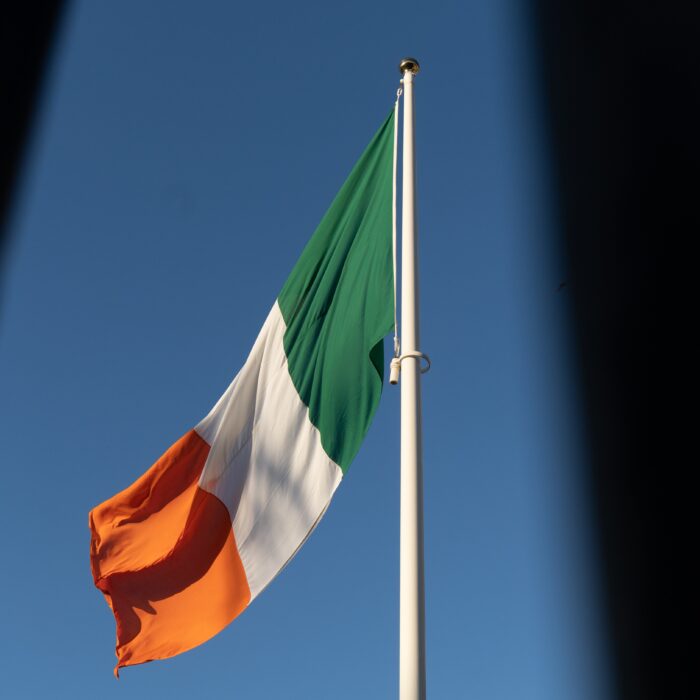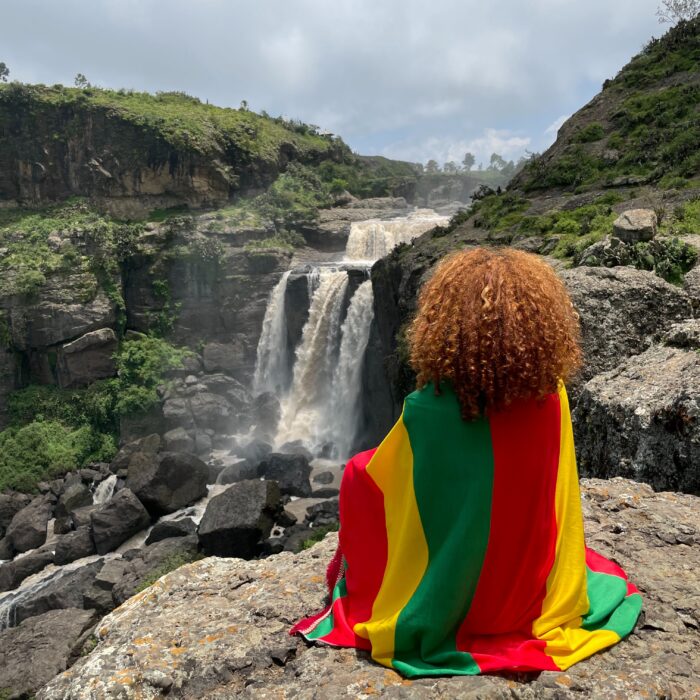You have no items in your cart. Want to get some nice things?
Go shopping
By legend, it’s the birthplace of Aphrodite, the ancient Greek goddess of love – a fitting myth, seeing as it’s often hailed as one of the world’s most romantic islands. Ringed with beautiful beaches, and full of hidden gems for the traveller, Cyprus has long cast a spell over all who visit.
But Cyprus’ history has been full of separation, war and conflict. Are there any communities on this island where peace and harmony reign – and what does the future look like for the inhabitants of Cyprus?
It’s more than 40 years since the UN established a buffer zone between the Greek and Turkish communities on the island of Cyprus. This small country’s modern history has been almost entirely dominated by enmity between its Greek and Turkish inhabitants.
Cyprus has been divided since 1974, when Turkey invaded the north in response to a military coup on the island, backed by the Athens government. At the time, the island was effectively partitioned, split so that the northern third is inhabited by Turkish Cypriots, and the southern two-thirds by Greek Cypriots.
Since then, several rounds of peace talks have failed to bring the island closer to reunification. Hopes have been continually dashed, as the two sides move close to, and then often abruptly away from, reconciliation.
As of now, the two sides have completely separate political systems, and remain divided along the “Green Line”, which splits the two parts of the island from Morphou through Nicosia to Famagusta. This line is still patrolled by United Nations troops.
For decades, the island’s nearly 800,000 residents have been locked in a state of limbo.
A haven of co-existence?
There is one place on the island of Cyprus, though, where harmony and peace have pervaded through the years of discord. It offers a glimpse of the present and what some hope could be the future, inside the buffer zone.
It is the village of Pyla, which sits on the Greek-Turkish border, with more than 1,400 Greek and Turkish residents living together. It marks the only place on the island where the two live together and as such, Pyla is seen as a symbol of unity.
The population is split along roughly the same lines as the island itself, with about 67% Greek Cypriots and 33% Turkish Cypriots, policed by a civilian UN force and overlooked from the adjacent hills by Turkish army watchtowers.
“This is an example of how Cyprus could be,” says 62-year-old George Sotirou, a Greek Cypriot born in the village. “We have lived together for years and there have been no problems at all. We work together, we are in each other’s coffee shops and at parties and weddings we mix.”
Of course, this is not a community without its issues, as one of its leaders explains: “From time to time it is very realistic to say we have some ups and downs, but both community leaders and community members managed to be logical and create a positive atmosphere in the village,” explains Turkish Cypriot Deputy Mayor of Pyla, Nedjet Enver.
There is a Turkish coffee shop and Greek coffee shop on either side of the central square and the skyline is dominated by an imposing church and the nearby minaret of the village mosque. The cultural layers of village life and its historic background make Pyla a fascinating haunt for tourists, too.
Looking ahead to the future of Cyprus
But what of the rest of the island? Talks on re-unification have opened again recently, hastened some speculate by the discovery of natural gas off the island’s coast. But some believe the island’s inhabitants are still not ready for reconciliation.
For Erato Kozakou-Markoullis, the former Cyprus Foreign Minster and Minister of Communications, reunification could still be some time away: “Despite commendable efforts by some political forces and civil society groups, the bulk of our people in both communities have not been adequately prepared.
“Let us not forget that for 29 years, the wall of separation had been hermetically sealed by the occupying regime.”
A major issue that she believes could stand in the way of a harmonious relationship, is being able to understand each other: “If soon, as it is fervently hoped, we come to the blessed moment of reaching a solution, I do wonder how we will be able to work closely together to eliminate suspicion, when we do not understand each other’s language,” she says.
“This is why, it is high time for both languages to be taught in the respective schools as mandatory. It is high time that incentives are given to public servants and students to learn the other community’s language.”
Perhaps it will be some time yet, until all of Cyprus is able to follow Pyla’s example.





